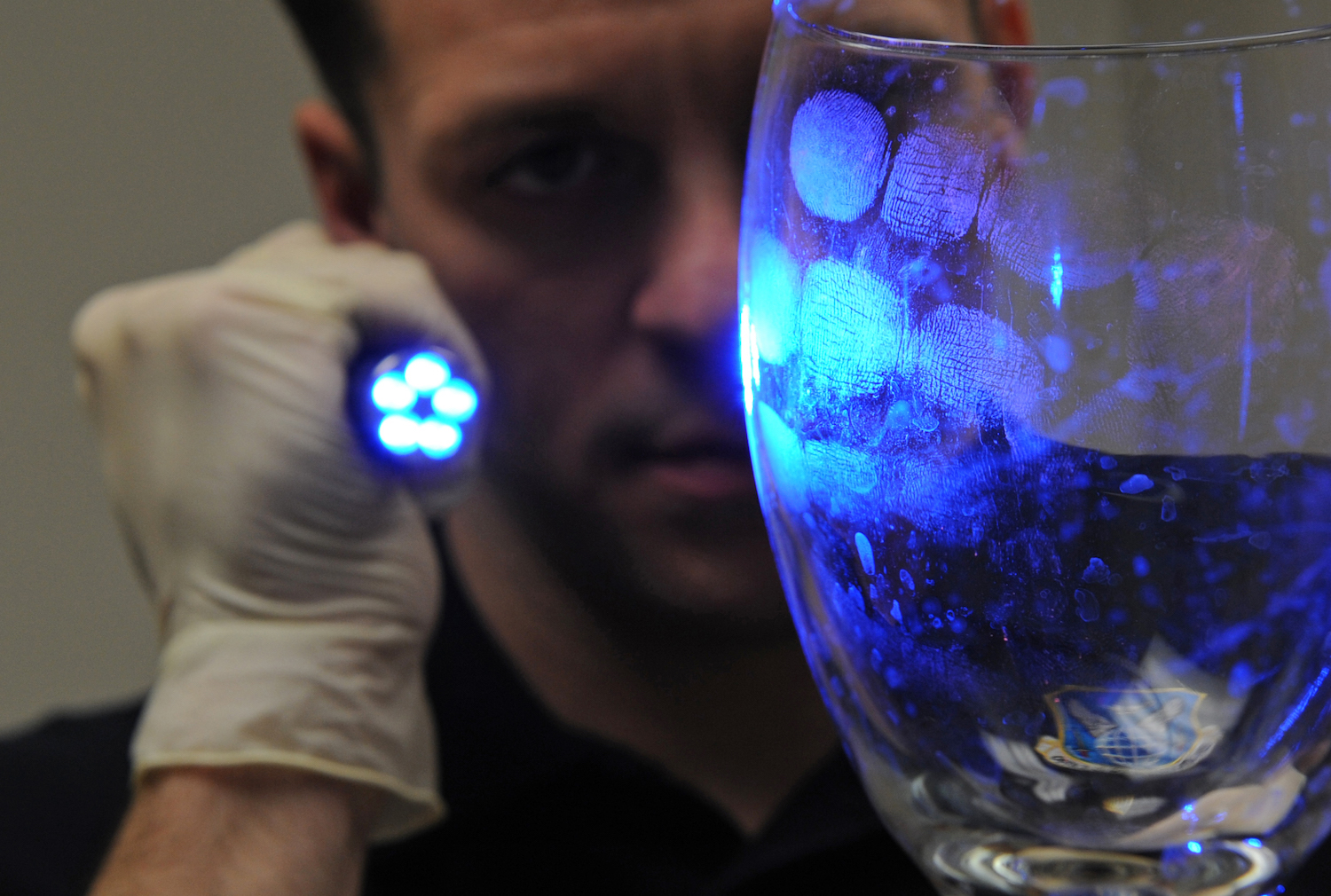
02 Aug Forensic engineer
7 Steps to Forensic Investigation Success
The scientific method is a body of techniques for investigating phenomena, acquiring new knowledge, or correcting and integrating previous knowledge (1). Its origin is thought to be over 1000 years old and it is still used today to solve problems.
Forensic experts servicing the insurance industry are required to utilize a reliable methodology to discover the cause of claim. Many experts use the scientific method, which is regularly broken down into the following seven-step process:
- Recognize the need: In this initial step of the scientific method, the problem is identified. Generally speaking, a property or casualty event has occurred, and its root cause needs to be determined so responsibility can be established and similar incidents can be prevented.
- Define the problem: This second step is where an action plan is developed to remedy the problem. Simply put, an investigation commences with planned steps needed to solve the established problem.
- Collect data: In the third step, data is collected. It is critical here that all available data be collected prior to the data analyzation and hypothesis development. Any premature analyzation and hypothesis development could bias the end result. As described by Sherlock Holmes in A Scandal in Bohemia,”It is a capital mistake to theorize before one has data. Insensibly one begins to twist facts to suit theories, instead of theories to suit facts.” This is why securing expert forensics is important for your needs. Experience and commitment to exploring all the facts will result in better outcomes in the long run.
- Analyze the data: Once all the available data has been collected, the fourth step can begin. During this step the collected data is cognitively analyzed using the education, training, experience and expertise of the team doing the analyzation. Having competent experts in the required field who can understand the value of the collected data prior to forming hypotheses is crucial. It is important that during this critical step of the scientific method that only facts and evidence are considered and that no presumptions or speculation be included.
- Develop a hypothesis: During the fifth step, the known facts and evidence are considered to develop potential hypotheses. It is not uncommon for multiple hypotheses to be considered initially, each with their own measure of possibility. At this point, having all of the data available is critical for all options to be established for consideration.
- Test the hypotheses: In the sixth step, the hypotheses developed each have to be considered against all of the known facts and evidence. Physical testing can also be done to gain additional data for consideration to support or exclude development of one or more hypotheses. Sometimes this testing can be as simple as setting fire to a material to confirm that it is combustible and will support propagation of a fire. Any hypothesis that cannot be supported by the known facts and evidence is invalid and must be discarded.
- Select the final hypothesis: The seventh and final step occurs when all hypotheses have been evaluated and tested. Often only a single hypothesis remains and is identified as the root cause of an event. There are occasions, however, when two or more hypotheses cannot be completely excluded. When this occurs, a measure of probability is required to establish if any of the remaining hypotheses are more likely to be the cause than the others.
Forensic experts are tasked with recreating events and answering questions about why they occurred. The team at Unified has in depth experience providing fire and forensic engineering investigation services and understands the value that the scientific method brings to the overall process.
Please feel free to share your examples of how using, or possibly not using, the above steps resulted in the success or failure of an investigation.
Unified provides forensic investigation services to insurance carriers, corporations and public entities. What questions can we help you with regarding forensic investigations for your organization?


Sorry, the comment form is closed at this time.